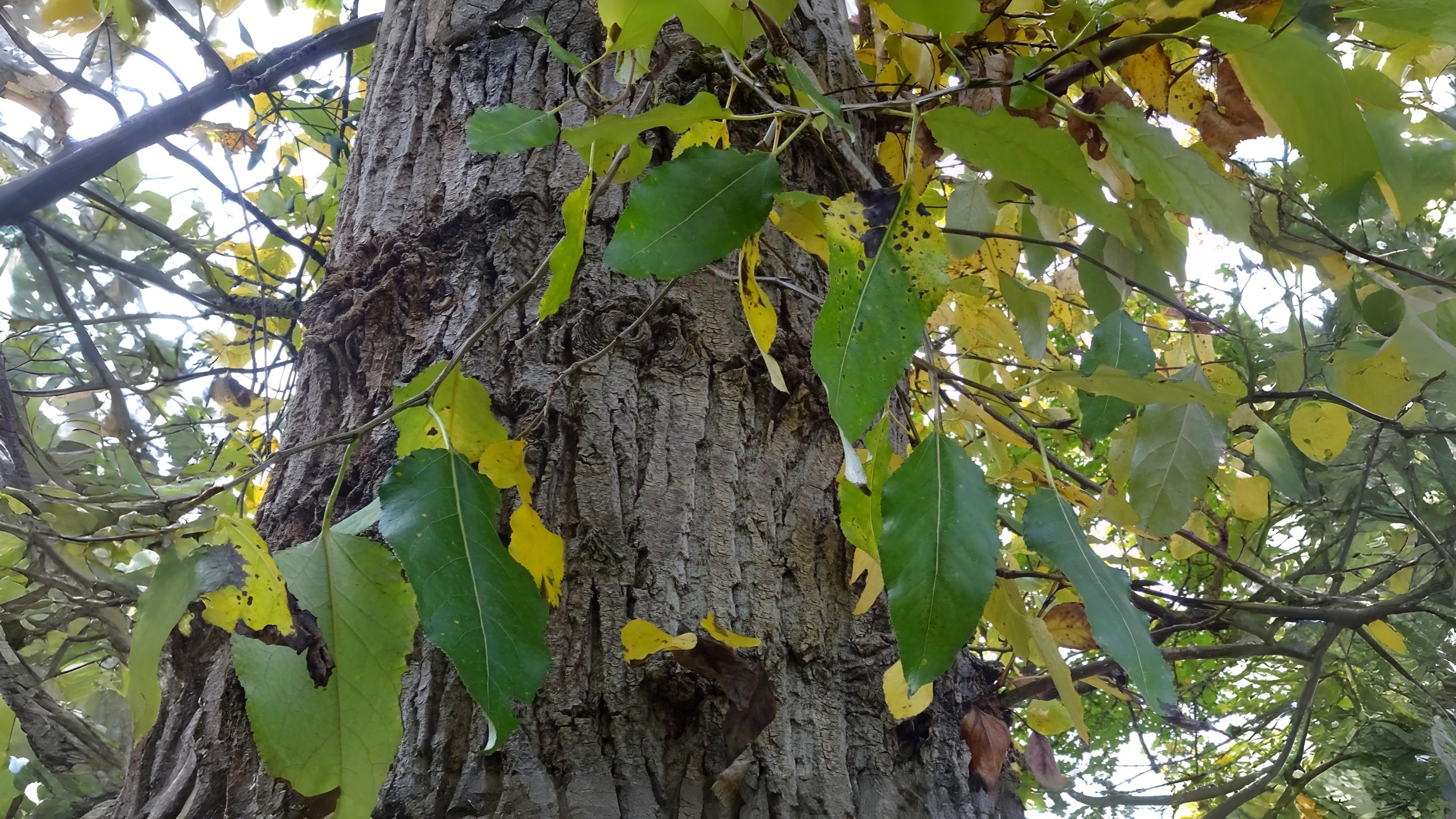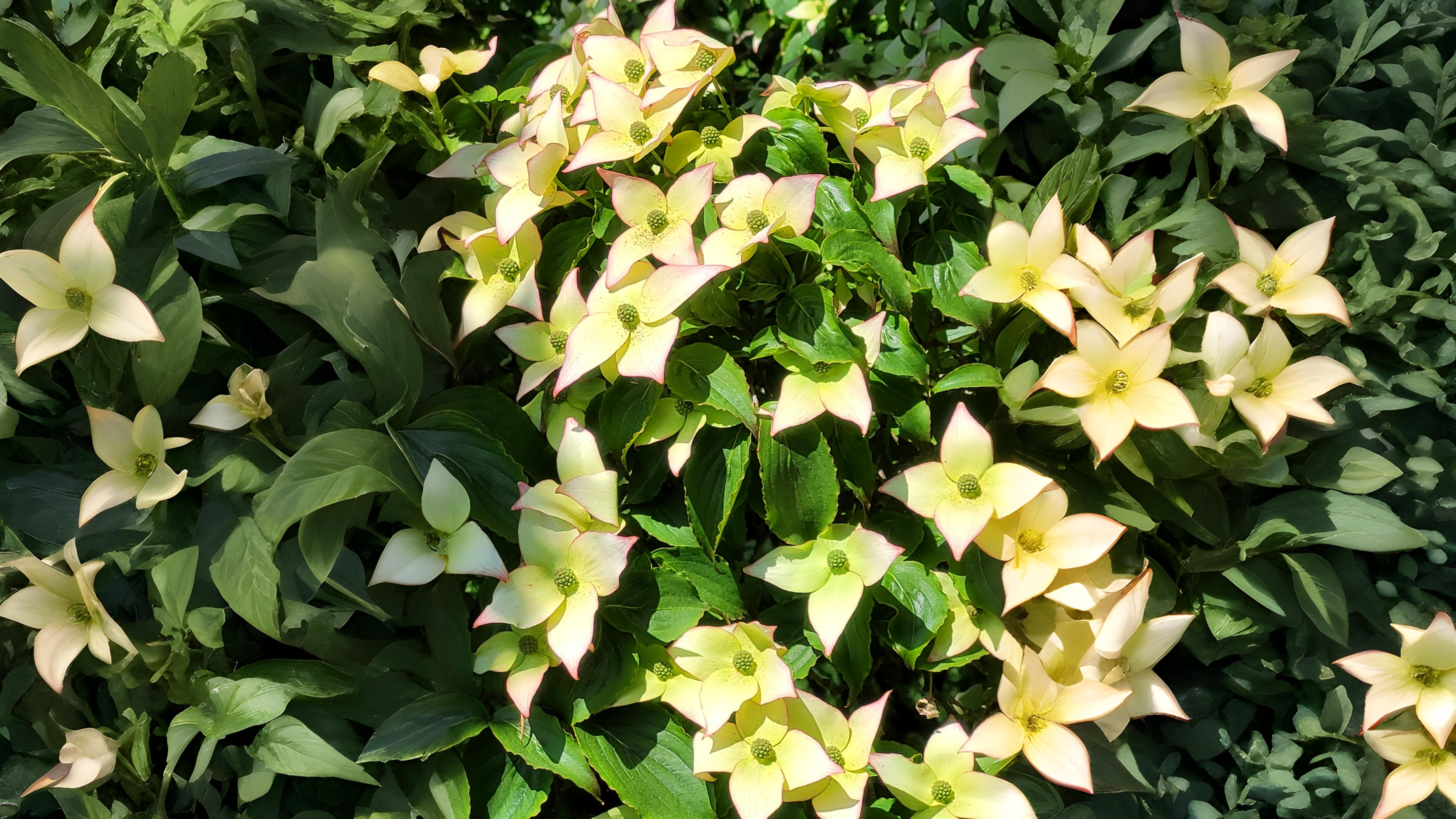
Why do hybrid poplars baffle even experts? Which willow’s inner bark glows sunshine yellow when scratched? Return June 18 to decode London’s most misunderstood trees—where identifying a leaf vein could rewrite your walk in the park.
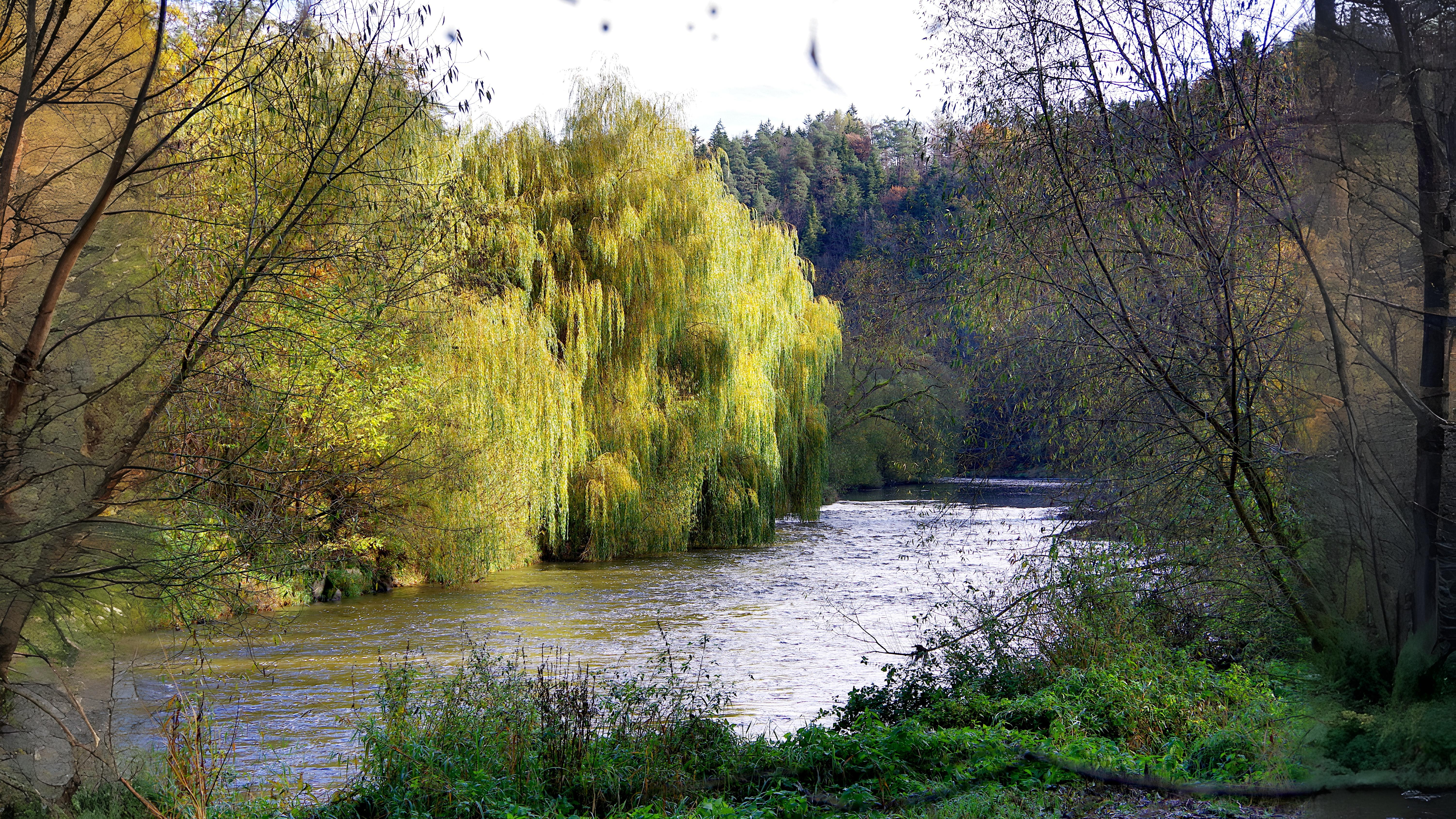

The goat, or pussy, willow S. caprea is everywhere there is waste ground as it is such a good coloniser. It has a broadly elliptical leaf with prominent veins and a leaf tip that is decidedly bent over.
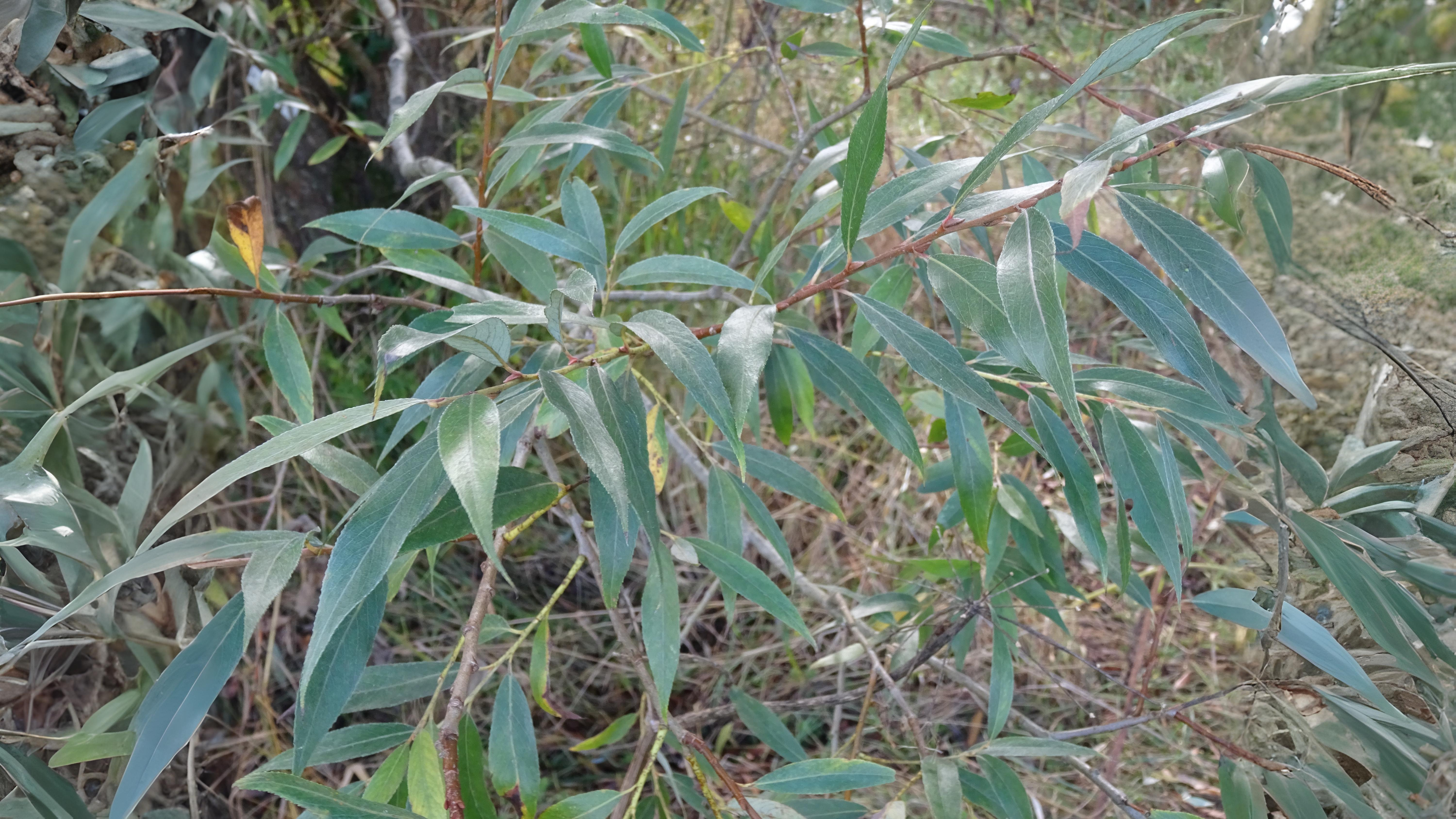

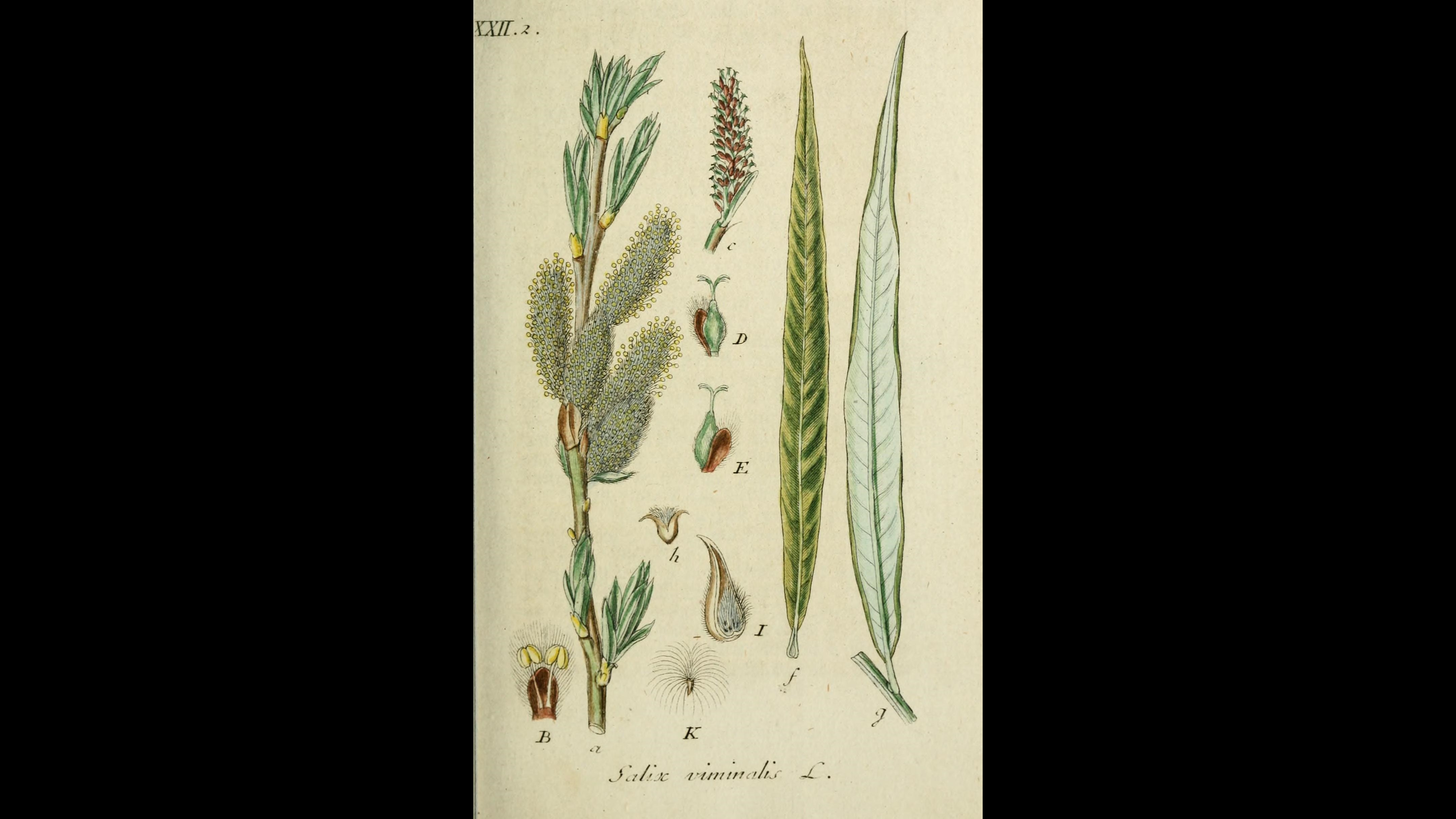

Different poplars are usually another headache to tell apart. Once again, it is slightly easier when their leaves are fully developed. Poplars beside water are usually grey, black or hybrid black. The base of the leaf in a black poplar Populus nigra is distinctly straight, forming a distinct spade shape. In a hybrid black poplar P x Canadensis it is weakly heart-shaped.
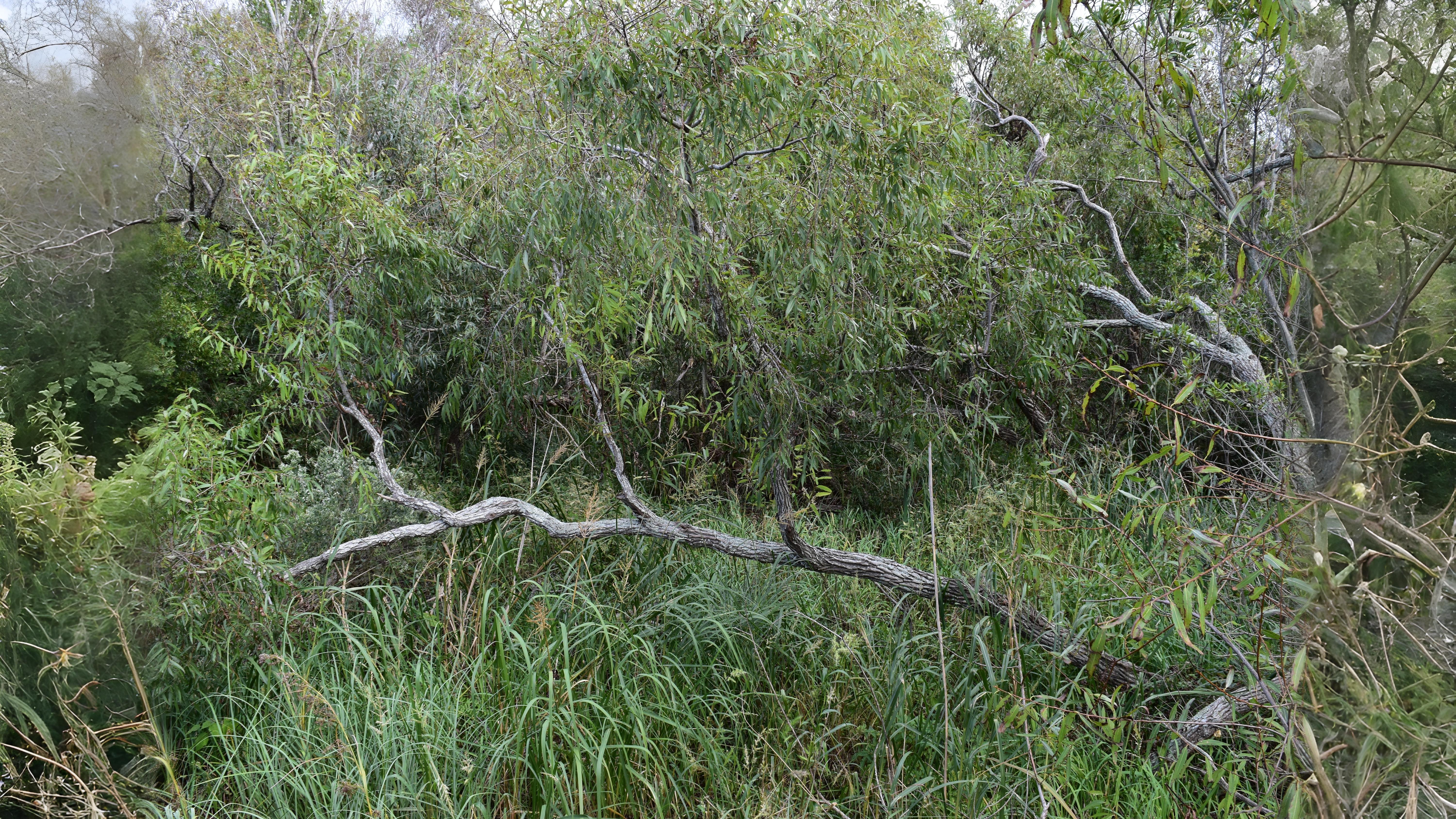



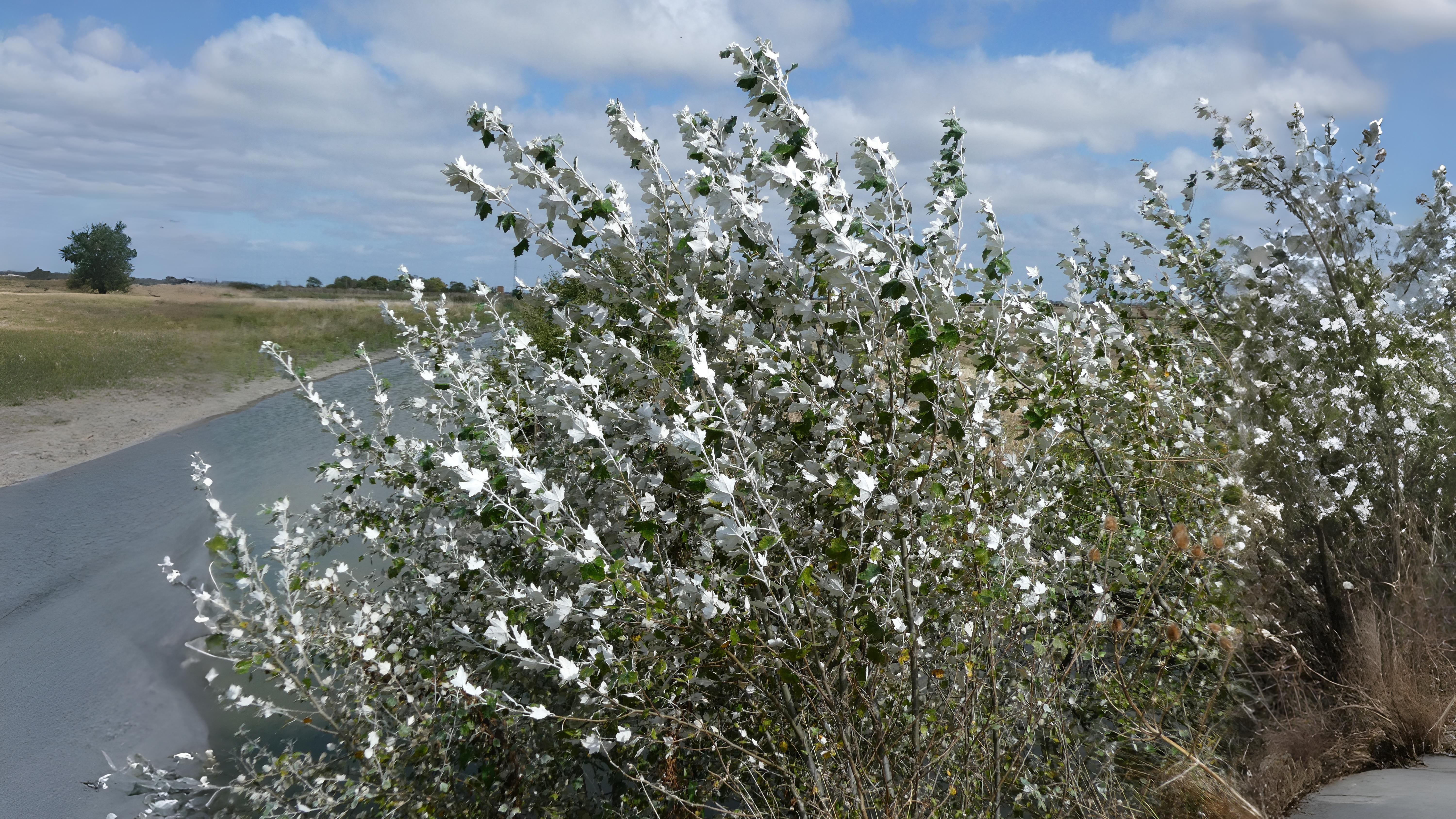

Other rare trees include some Eucalyptus spp. e.g. E. globulus which has exceptionally blue leaves and E. leucoxylon which has attractive, shiny, red flowers. Quercus rubra aurea, which can be found at Wisley, is an unusual oak with bright yellow leaves.
